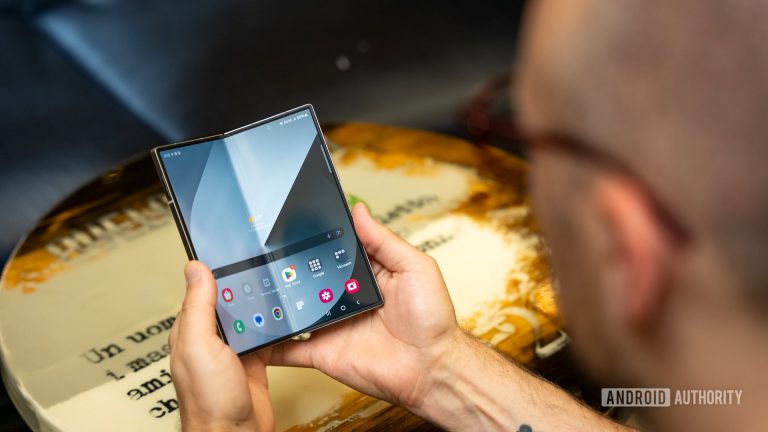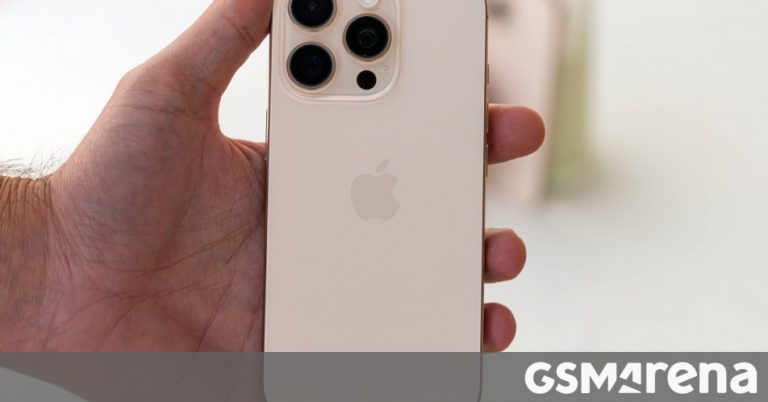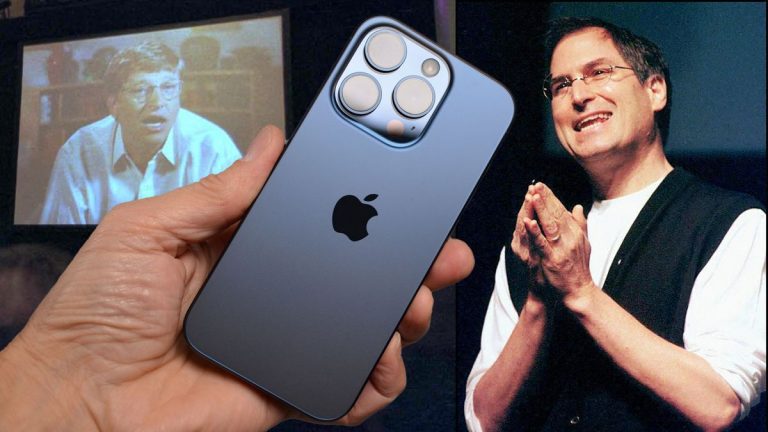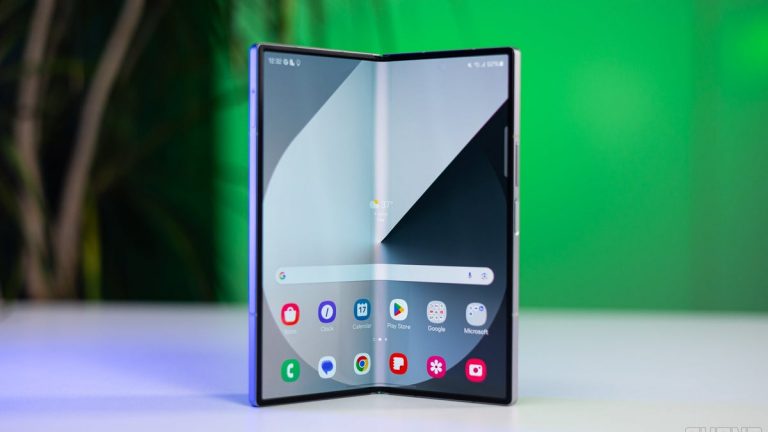Qualcomm Lays Down the Law: Real vs Fake in AI-Enhanced Image Editing Debates

The Can of Worms: AI Photo Editing and the Definition of Reality
It’s no secret that the world of photography has taken a significant turn with the introduction of AI-powered photo editing features on smartphones. But when I asked Samsung about its stance on AI photo editing at Galaxy Unpacked back in January, I sparked a can of worms. "There is no such thing as a real picture," said Patrick Chomet, Samsung’s Head of Customer Experience. And he’s not alone in his philosophical musings on the nature of photography.
Marques Brownlee recently highlighted the differing opinions of Samsung, Apple, and Google on this very subject in a tweet, sparking a lively debate. While all major phone manufacturers are now offering similar editing features, the question remains: what is a real picture, anyway?
The Context of Reality
Qualcomm, for its part, acknowledges that AI photo editing is an exciting new frontier, but one fraught with awkward ethical implications. "It’s an interesting question, because the human brain is not digital," said Chris Patrick, Mobile Handset SVP. "When you perceive the sunset outside, you don’t perceive the sun absent of context. You know where you are. You know what you’re smelling. You know what you’re hearing. You know what you’re feeling. You know what a sunset looks like, right? All of that is part of how you perceive the space."
The Line Between Truth and Fiction
So, what do these innovations in AI photo editing really mean for us as consumers? Should we view them as tools to enhance our perceptions, or as a means to alter reality? For Qualcomm, it’s clear that there has to be a mechanism to distinguish the manipulated from the real. "For us, it’s very clear that there has to be some mechanism to distinguish the other extreme – those manipulated images – for people," Patrick explained. "We’re building incredible technology together, but we want to make sure that, in the end, it does not have a destructive impact where people can no longer tell the difference between truth and fiction."
More AI is on the Way
With the launch of the Honor Magic 7 Pro, expected next year in Europe, the future of AI-powered photo editing is bright. So, is Honor using AI to make portraits appear better than they actually are, or to mimic real-life details that its hardware can’t capture on its own? "On the one hand, we have to make sure that the photo itself is good by modern consumer standards. Everyone knows what constitutes a good and bad photo. But on the other hand, we definitely want to retain the authenticity of the photo. We’re not trying to Photoshop the photo for the consumer, right? We should give the authority to the users at the end of the day," said Rui Guo, Honor CMO.
As we navigate the can of worms that is AI photo editing, it’s clear that the line between truth and fiction will be crucial. While tools like Magic Eraser and Clean Up become ethically dubious when used to alter reality, the freedom to choose how to capture moments that matter is undeniably useful for many people.





